
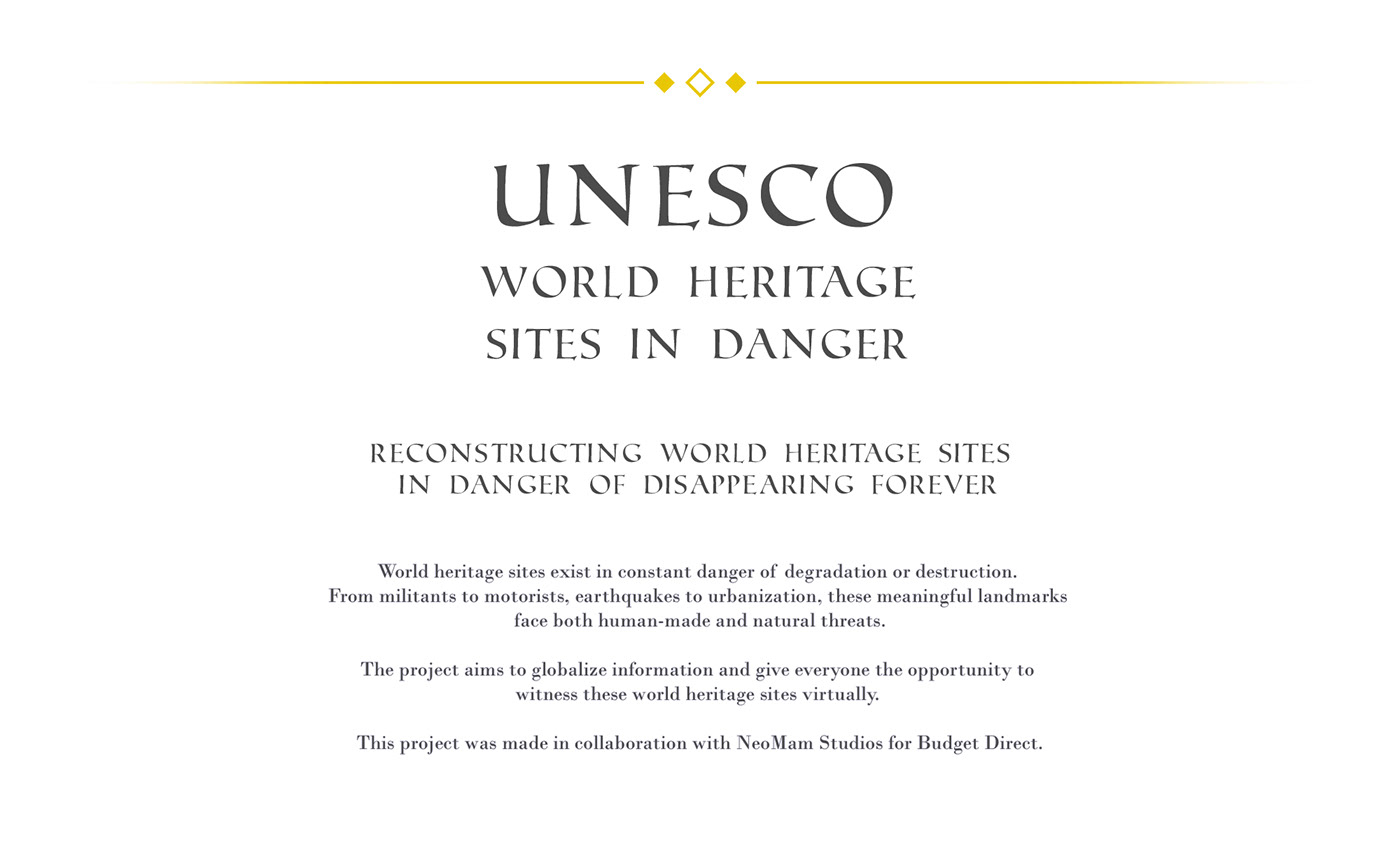




Current State
Until recently, Hatra was the best-preserved ancient Parthian city. The fortress was built between the 3rd-2nd century BCE, protected by nearly four miles of inner and outer walls. Hatra was the capital of the first Arab Kingdom, and was referred to as Beit ʾelāhāʾ (House of God) due to temples celebrating Greek, Aramean, Mesopotamian, and Arabian gods.
The Sāsānian king Ardashīr I ‘destroyed’ the city in the 3rd century, and the impressive ruins went undiscovered until the 19th century. In 2015, UNESCO added Hatra to its endangered list after Isis militants fired bullets into walls and towers and used sledgehammers to destroy statues they considered “signs of polytheism.”




Current State
When Septimius Severus was crowned emperor in 193CE, he developed his home town into a shining example of Roman urban planning and architecture. Leptis Magna became the third most important Roman city in Africa (after Carthage and Alexandria) thanks to the wealth and power of its famous son.
The city’s gems include this theatre, which was dug into a low hill previously used as a cemetery. It was one of the earliest theatres to incorporate additional stands, built from natural stone and concrete. The portico leads to a Porticus post scaenam, comprised of colonnades, a garden, and temple. Libya’s civil war has made the city of Leptis Magna vulnerable to war damage and looting.



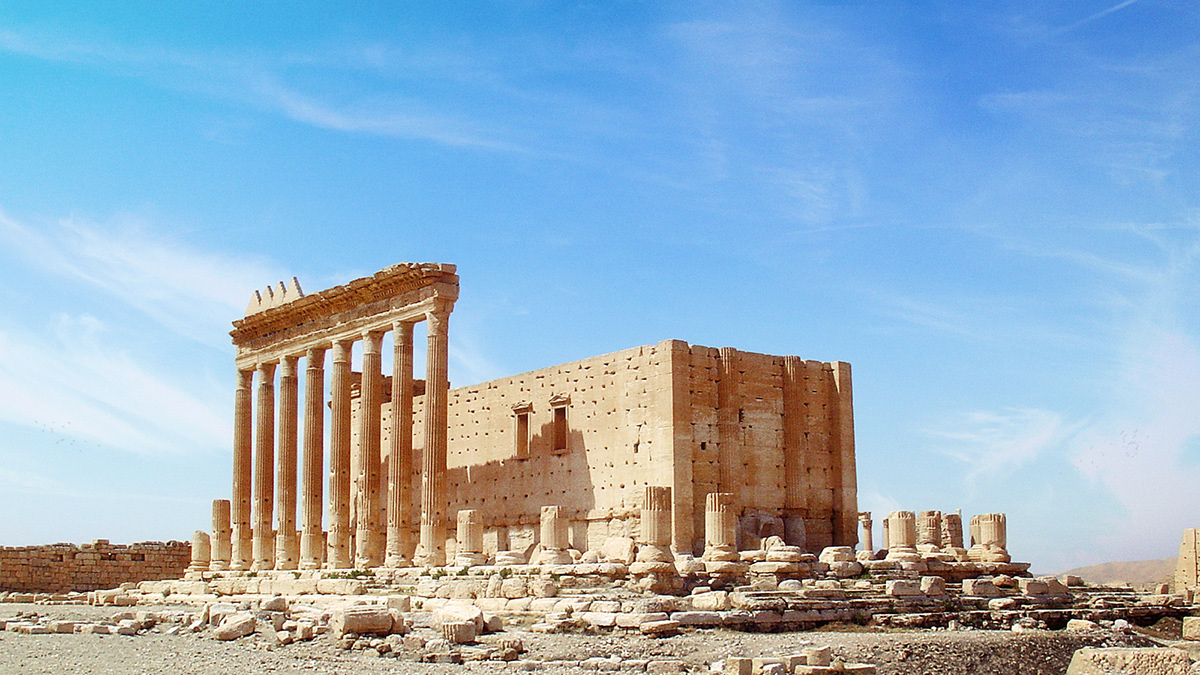
Current State
Palmrya has become an emblem of endangered heritage. At the height of the war in Syria, Isis militants reportedly tortured Palmyra’s 82-year-old antiquities chief to reveal where he had hidden the city’s important artefacts for protection. Khaled al-Asaad, who had been in charge of the city museum since the 1960s, was eventually killed without giving up the location.
The militants destroyed the Temple of Bel at Palmyra among other structures. The 1st-century temple chamber previously stood on a central podium, surrounded by porticos and a 205-metre wall complete with a grand propylaea gateway. All that remained afterwards was a section of wall and the temple’s main entrance arch. Today, emergency work is being done to preserve the ancient city.


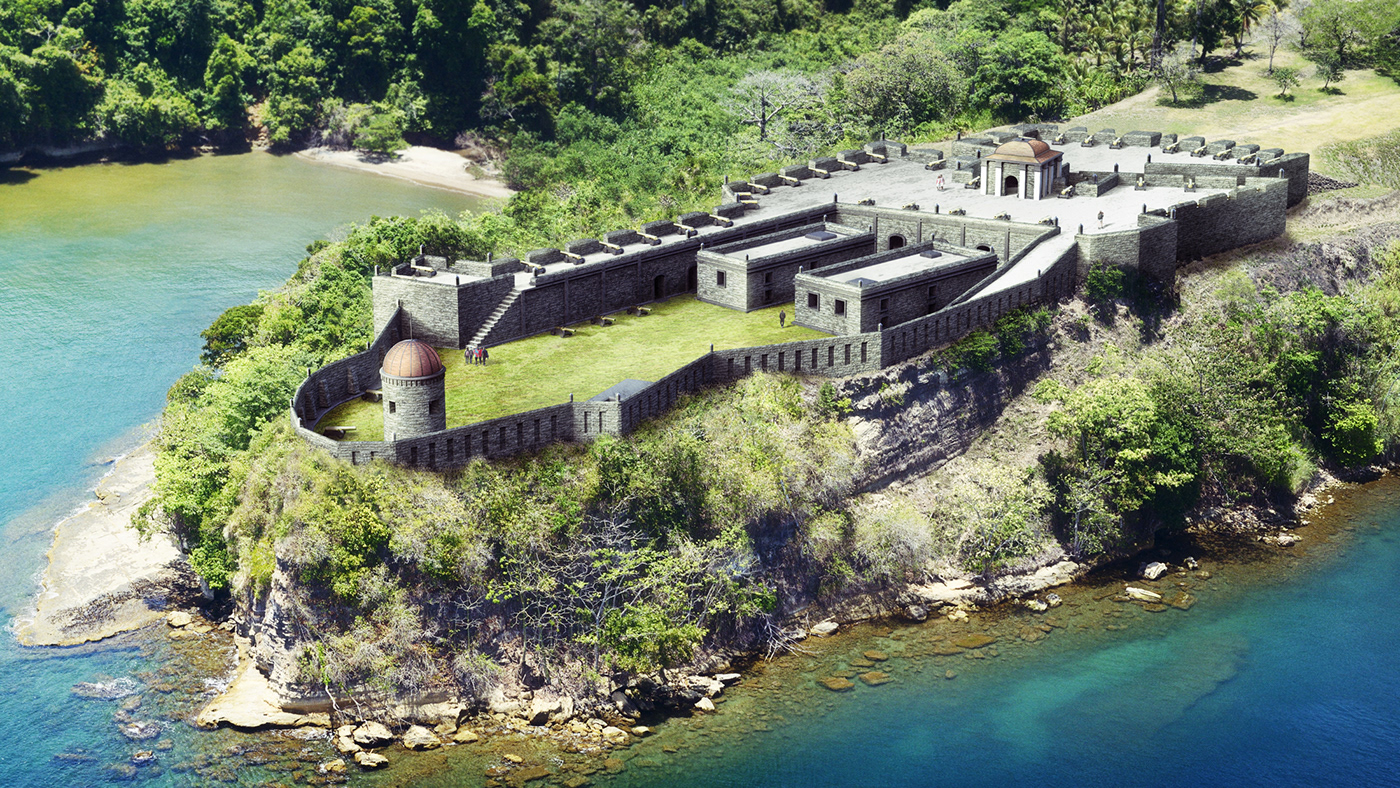

Current State
Beginning in the 1590s, the Spanish Crown built a series of forts along the Caribbean coast of Panama to protect transcontinental trade. Some of the forts were cleverly built to integrate the natural features of the coastline. Some have a mediaeval look about them, while others were designed in the neo-classical style.
Built over two centuries, the Portobelo-San Lorenzo forts are a standing lesson on the evolution of Spanish colonial military architecture. But natural forces threaten the heritage site from the coastal side, urbanization encroaches on land, and maintenance issues have compromised the forts from within. The Portobelo-San Lorenzo fortifications were added to UNESCO’s danger list in 2012.



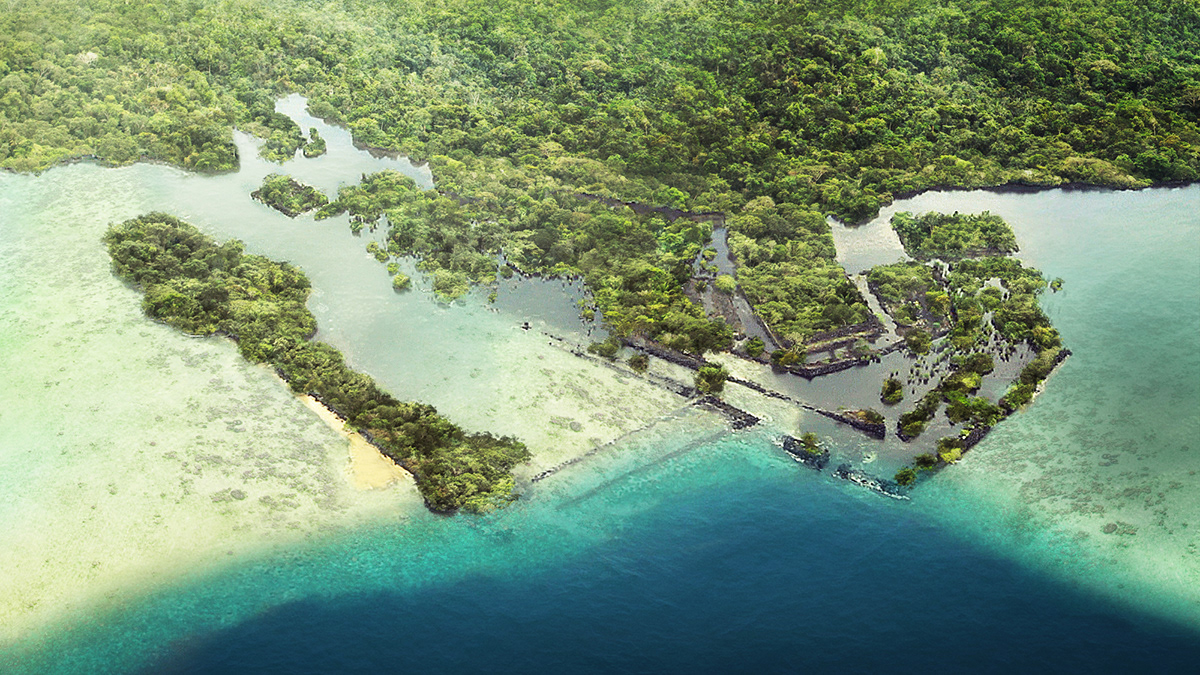
Current State
Between 1200 and 1500CE, Pohnpei islanders used basalt and coral boulders to build over 100 islets off the coast of the main island. The size and sophistication of these artificial isles and the structures they host is a record of the achievements and culture of Saudeleur dynasty Pacific Island peoples. Stone palaces, temples, tombs, and homes once lined this 200-acre ‘city on water.’
The thing about a city on water is that it is extremely vulnerable to the elements. The site is unmodified by modern human hands, but has been unused since the 1820s. Rampant plant life undermines Nan Madol’s structure, while storm damage continues to compromise the stonework.


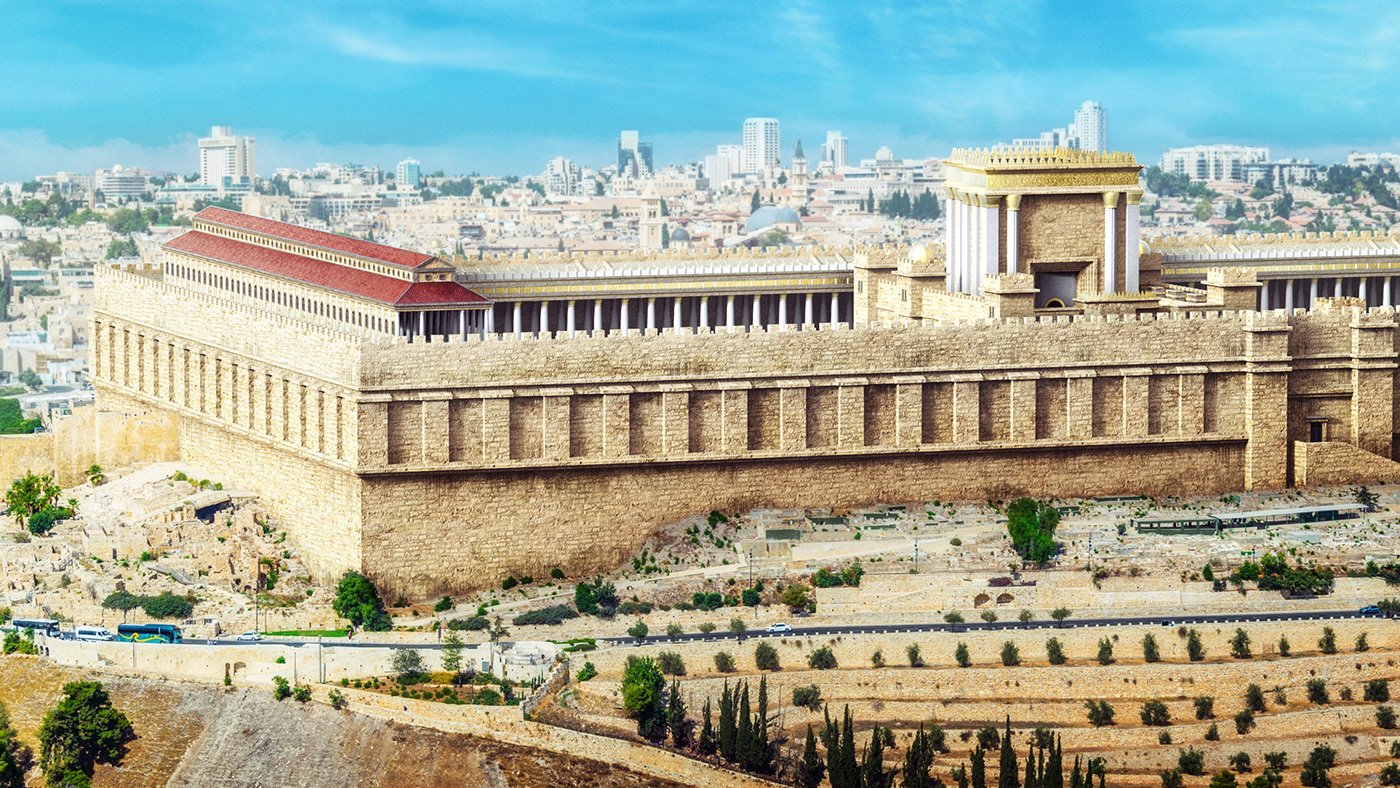

Current State
The city of Jerusalem is home to structures of cultural significance built over hundreds of years. The limestone Wailing Wall dates back to Herod’s reconstruction of the Second Temple around 20BCE, while the Dome of the Rock was built on the site of the destroyed temple in 688–91 CE. The dome’s gold-plated roof dates to the mid-twentieth century.
UNESCO put the Old City on the endangered list due to “severe destruction followed by a rapid urbanization.” The situation remains complex because everyday citizens live in compromised conditions around the site.








